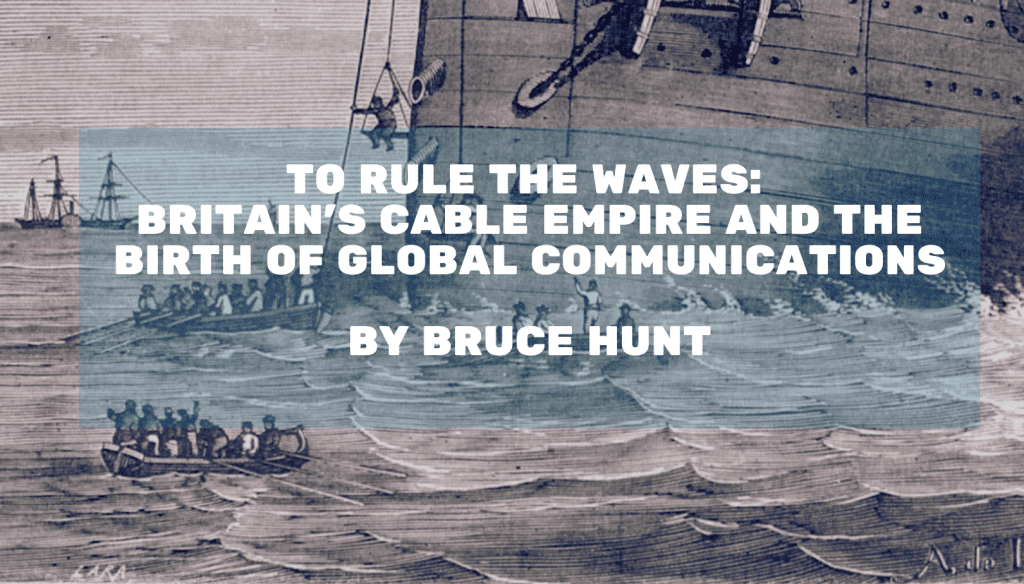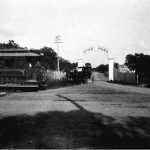Nowadays most of us take for granted that we can be in almost immediate contact with someone anywhere in the world. We can place a phone call, send a text, hold a Zoom meeting, or access a website based thousands of miles away and think nothing of it. The pattern of pixels you are looking at right now has arrived at your screen by a process to which you have probably given little thought and find more than a bit mysterious, knowing only that it has reached you via some combination of copper wires, fiber optic cables, and radio waves.
Across the long stretch of history, the availability of such rapid communications is very recent, and its consequences have been so enormous as to make it one of the hallmarks of modernity. The first glimmers of this era of modern communications appeared in the 1840s, when electric telegraph lines began to go up in parts of Europe and the United States. The next major step came in 1851, when the Submarine Telegraph Company laid the first undersea cable across the English Channel, putting London and Paris (or at least their financial markets and newspaper offices) into almost instantaneous contact. This was followed in 1858 by a cable across the Atlantic, and though this first one failed after only a month, a lasting cable was laid in 1866, and Europe and North America have been linked telegraphically ever since. By the early 1870s submarine cables had been extended to India, Australia, East Asia, and South America, and soon almost every major city or seaport in the world was part of the global telegraphic network.
Significantly, almost all of these cables were built, laid, and operated by British firms. As a maritime trading nation and the leading economic, industrial, and imperial power of the day, Britain had both the strongest motives and the most effective means to build and run a global cable system. This web of wires was often called the “nervous system of the British Empire,” with information pictured flowing in toward London and commands flowing out. All of this had far-reaching effects on commerce, the dissemination of news, the deployment of military and naval forces, and the administration of the empire.
The task of building and running the global cable network also had a strong effect on British work in electrical science. Cable telegraphy was the high tech industry of the day; it provided the main market for electrical expertise from the 1850s until at least the 1880s, and it drove the growth in Britain of a substantial community of electrical scientists and engineers. Moreover, work on long telegraph cables exposed British scientists and engineers to phenomena they would never have encountered in a laboratory or on overhead land lines, which were electrically much simpler, and so forced them to deal with problems that their counterparts in Germany, France, and the United States simply did not face. Much of what was distinctive about British electrical science in the second half of the nineteenth century—and it was remarkably distinctive, as well as highly productive—can be traced to the influence of cable telegraphy.
In my new book, Imperial Science: Cable Telegraphy and Electrical Physics in the Victorian British Empire I explore the growth of this technology and its effects on work in physics. It grows out of my earlier books The Maxwellians and Pursuing Power and Light: Technology and Physics from James Watt to Albert Einstein. The Maxwellians were a group of young physicists who in the 1870s and 1880s took up James Clerk Maxwell’s then poorly understood theory of the electromagnetic field, clarified it, extended it, and confirmed it experimentally. As I dug into the work of this group, I became especially intrigued by one of its members, Oliver Heaviside. The other Maxwellians were, as one might expect, university-trained physicists. Not Heaviside; he had left school at 16 and gone to work on a submarine cable across the North Sea. After turning to Maxwell’s theory in the early 1870s in hopes of finding a way to improve transmission rates, he spent the next two decades making himself into perhaps the leading electromagnetic theorist of the day, while devising new mathematical techniques of great power and utility—all in the context of cable telegraphy. My work on Heaviside convinced me that technological concerns held the key to some of the most important developments in physics in the nineteenth century, a theme I explored more broadly in Pursuing Power and Light.
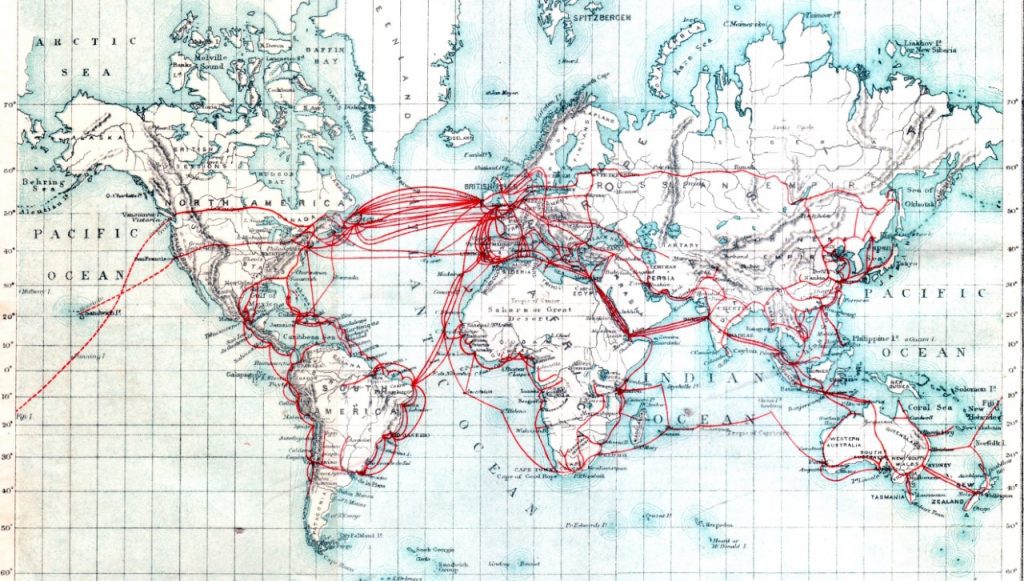
In Imperial Science I have returned to the early years of the cable industry to examine exactly how this new technology shaped British work in electrical science in the mid-Victorian era. Cable telegraphy had its strongest effects in two areas: the seemingly mundane but in fact crucial realm of electrical measurement, and the fundamental question of how electromagnetic effects propagate through space and time.
Unlike overhead telegraph lines, which could be run very well with quite rough and ready methods, submarine cables required precise electrical measurements, both for quality control during their manufacture and, once the cables had been laid, to provide a way to locate faults in their insulation by performing tests on their ends. A lack of good measurements was sorely felt in the failure of the 1858 Atlantic cable, and a government-funded investigation launched in its wake gave an important impetus to efforts to develop accurate and reliable electrical units and standards. The British Association Committee on Electrical Standards, formed in 1861 on the initiative of the physicist William Thomson (later Lord Kelvin) and the cable engineer Fleeming Jenkin, devised a connected system of units for resistance (ohms), current (amps), and electromotive force (volts) and set about constructing accurate standards, particularly resistance coils—yardsticks, in effect, for gauging electrical quantities.
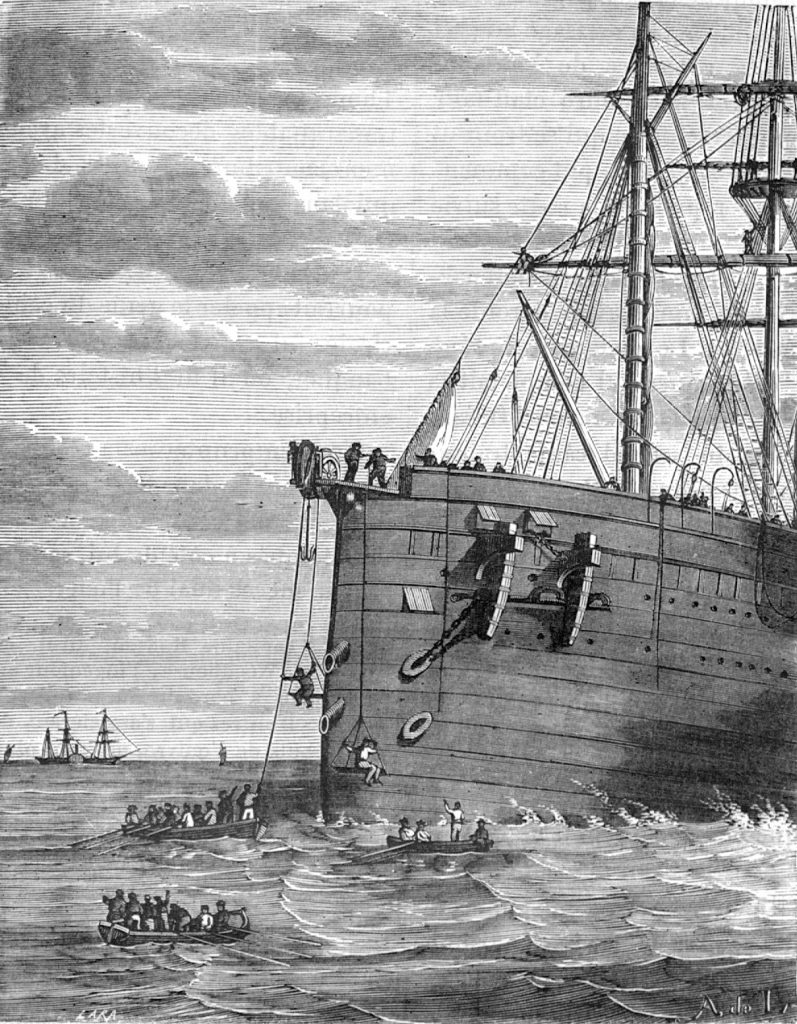
In my chapter “Units and Standards: The Ohm Is Where the Art Is,” I trace the origins of the British Association committee and examine the close collaboration between physicists and engineers that marked its work. I focus in particular on Maxwell, who joined the British Association committee in 1862 and, along with Jenkin, carried out the experiments that established the value of the ohm. James Clerk Maxwell is not a name that is familiar to the broader public, but physicists consistently rank him just behind Newton and Einstein. Significantly, they generally regard Maxwell as a pure theorist. But while he was never as deeply involved in the practical side of the cable industry as his friend Thomson, who sailed on all of the early Atlantic cable-laying expeditions and made a fortune from his patented telegraph instruments, Maxwell in fact had closer ties to cable telegraphy than his later reputation might suggest. His work on the British Association committee, which had been set up to serve the needs of the cable industry, helped redirect Maxwell’s thinking at a crucial point, orienting him toward formulating his nascent theory of the electromagnetic field in terms of measurable relations. And after he and Jenkin has established the value of the ohm, Maxwell’s associated measurement of the “ratio of units”—a quantity whose nearness to the speed of light was, he showed, no coincidence—long provided some of the best experimental evidence for his electromagnetic theory of light.
Maxwell’s theory of the electromagnetic field was rooted in ideas Michael Faraday had first put forward in the 1830s, but its reception and later development owed much to the demands of cable telegraphy. The key here was the phenomenon of “retardation,” discovered by the cable engineer Latimer Clark in 1852. On overhead land lines, pulses of current passed along almost instantaneously while retaining their clarity; a line could carry as many signals per minute as a telegrapher could manage to tap out. But as Clark discovered, the case was very different on an undersea cable. He found that a sharp pulse—a “dot”—sent into one end of a cable emerged at the other only after an appreciable delay and, more importantly, in badly stretched and distorted form. If a telegrapher tried to send a string of dots and dashes in too quick succession, they would run together into an indecipherable blur. This put severe limits on the amount a traffic a cable could carry and, since the retardation worsened with the square of the length, it threatened to make any really long cable, like one across the Atlantic, too slow to be commercially viable.
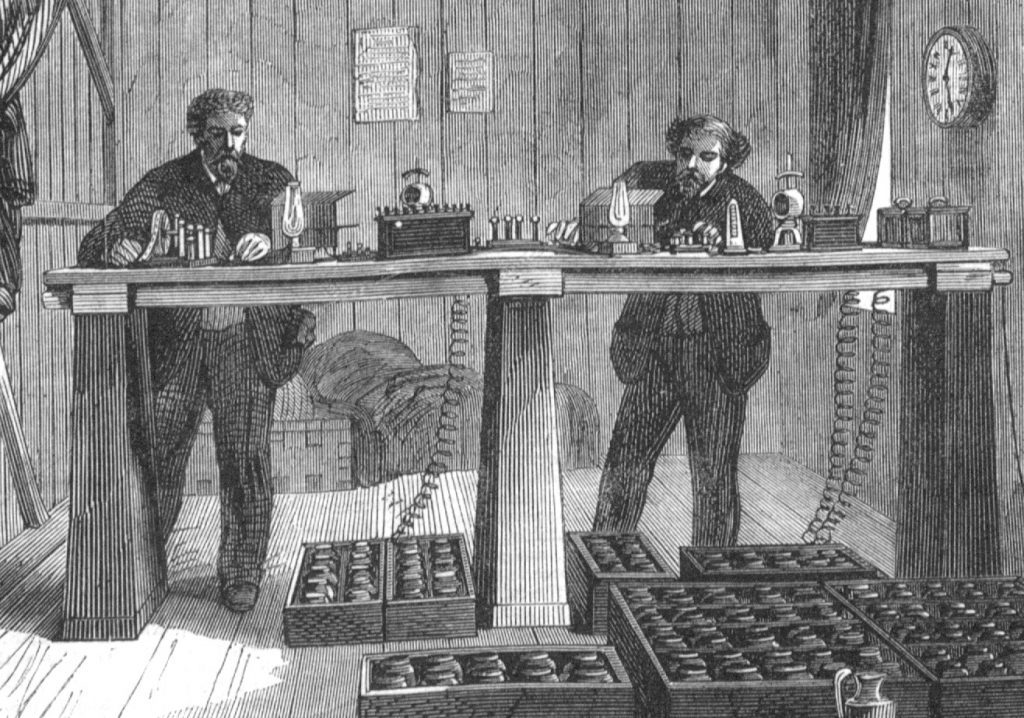
As Faraday himself pointed out, retardation was evidently the result of electrical induction acting across the layer of insulation that surrounded the copper wire at the center of the cable. As cable engineers and scientists wrestled with a problem that threatened their entire enterprise, they were led to focus closely on this inductive effect and more generally on exactly how electromagnetic effects propagate through the space or “field” around currents and charges. This became a hot issue in the late 1850s amid controversies over the design and operation of the planned Atlantic cable, and by the 1860s experience on that and other long cables had produced a growing “market” for field theory—a market that had not existed in the 1830s when Faraday first broached such ideas, only to have them widely dismissed as fanciful speculations. This market for field ideas was uniquely British, since only British engineers and scientists had to deal with retardation and the other propagation phenomena that were peculiar to submarine cables. To put the point simply, the British did field theory because they had submarine cables, while the Germans, French, and American did not because they had none.
In the final sections of Imperial Science, I return to the figure who got me started on the subject: Oliver Heaviside. Maxwell’s theory of the electromagnetic field is most compactly expressed in an iconic set of four interlinked vector equations. “Maxwell’s equations” are to be found inscribed in textbooks, printed on T-shirts, and cast in bronze beside the statue of Maxwell that stands near his birthplace in Edinburgh. But you will not find them in Maxwell’s Treatise on Electricity and Magnetism. The equations we now know as “Maxwell’s” have in fact been taken from papers Heaviside published in 1885. He arrived at this distillation of the theory—“Maxwell redressed,” as Heaviside called it—while searching for the best way to represent the propagation of energy along a telegraph cable. Maxwell’s equations are often seen as simply an expression of timeless laws of nature, and in a sense they are. But they were also the product of a particular time and place, and of the demands and opportunities presented by a particular technology: cable telegraphy, one of the characteristic technologies of the Victorian British Empire.
For more on this topic, see:
Imperial Science: Cable Telegraphy and Electrical Physics in the Victorian British Empire
The views and opinions expressed in this article or video are those of the individual author(s) or presenter(s) and do not necessarily reflect the policy or views of the editors at Not Even Past, the UT Department of History, the University of Texas at Austin, or the UT System Board of Regents. Not Even Past is an online public history magazine rather than a peer-reviewed academic journal. While we make efforts to ensure that factual information in articles was obtained from reliable sources, Not Even Past is not responsible for any errors or omissions.
